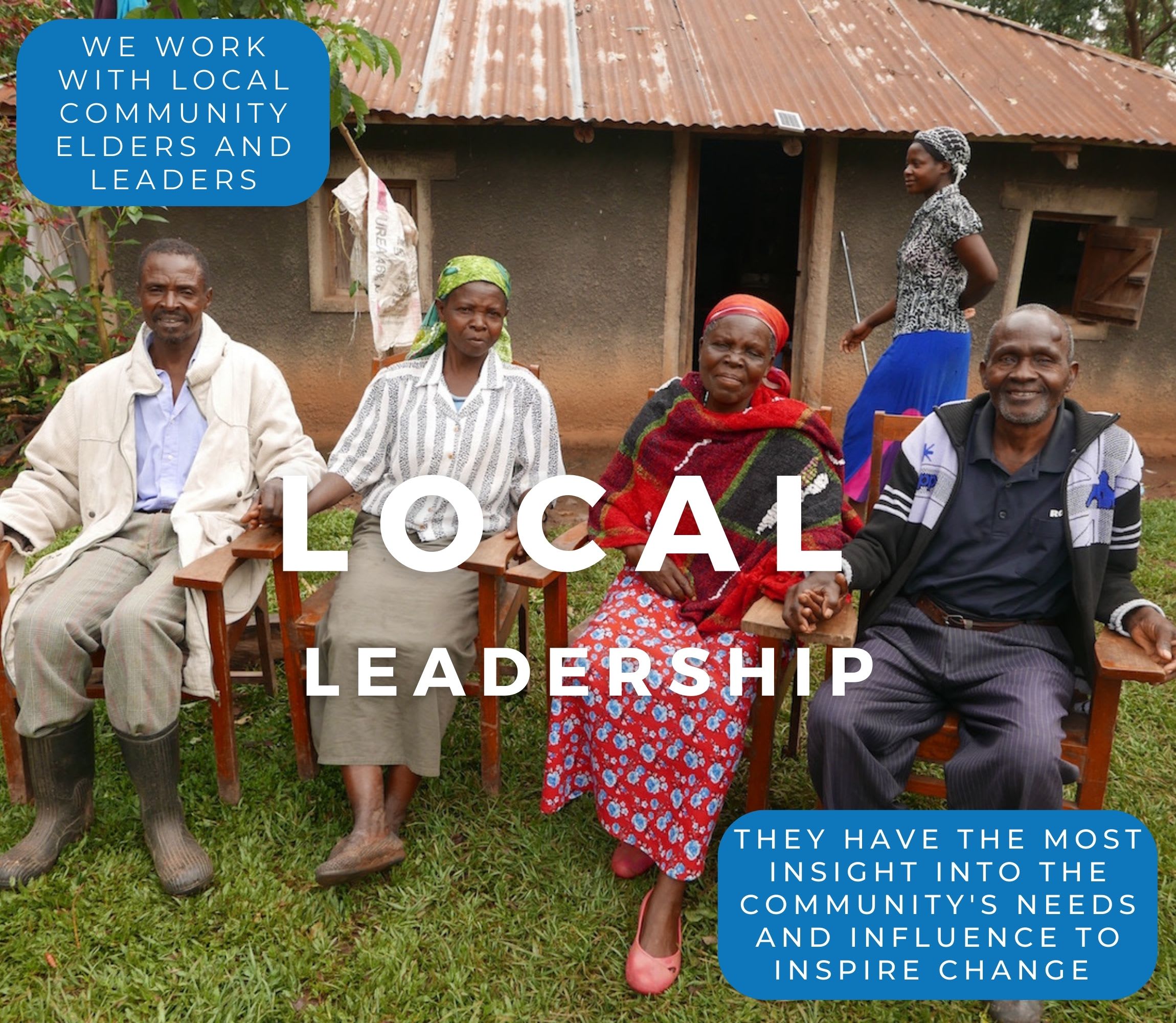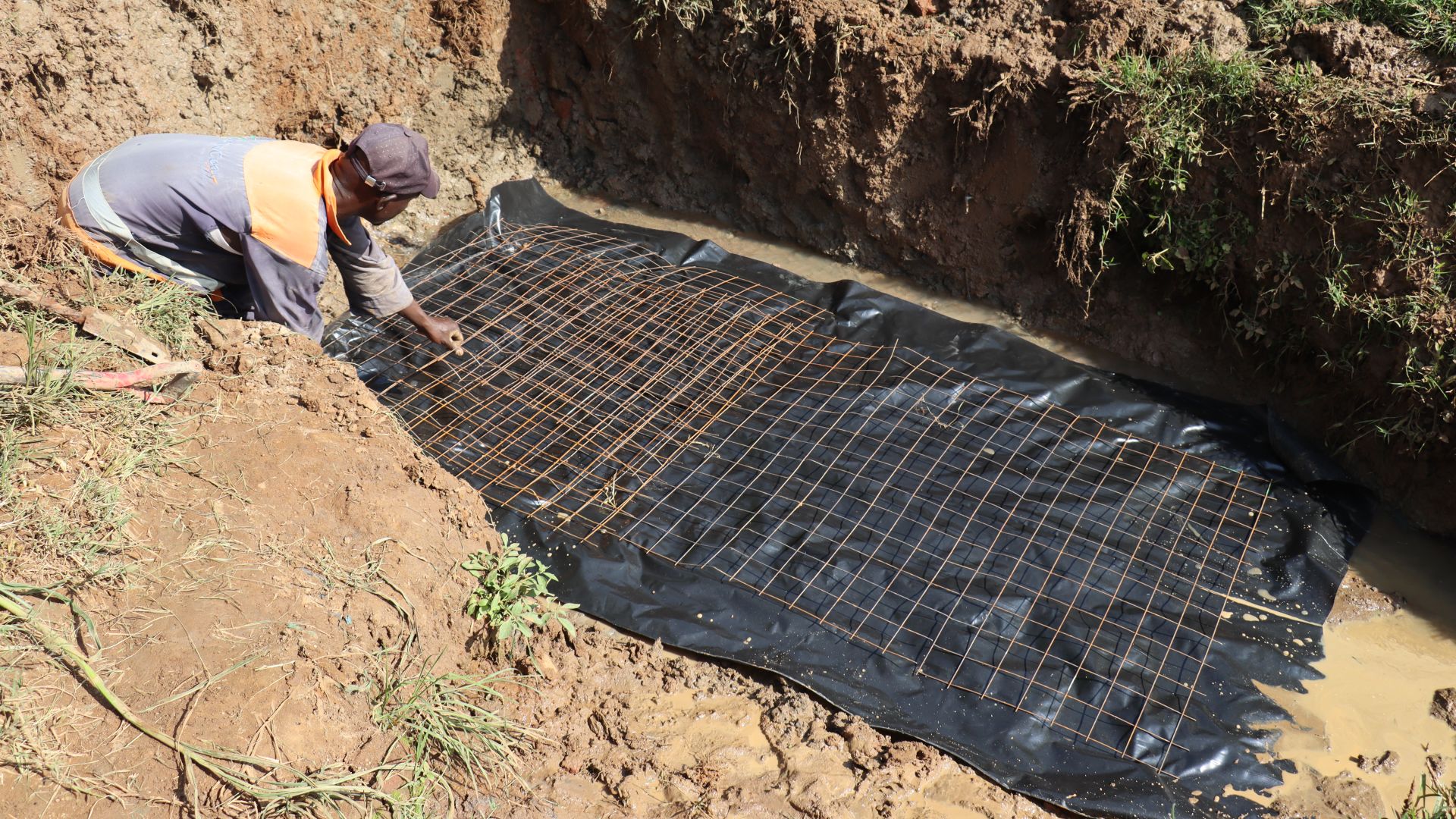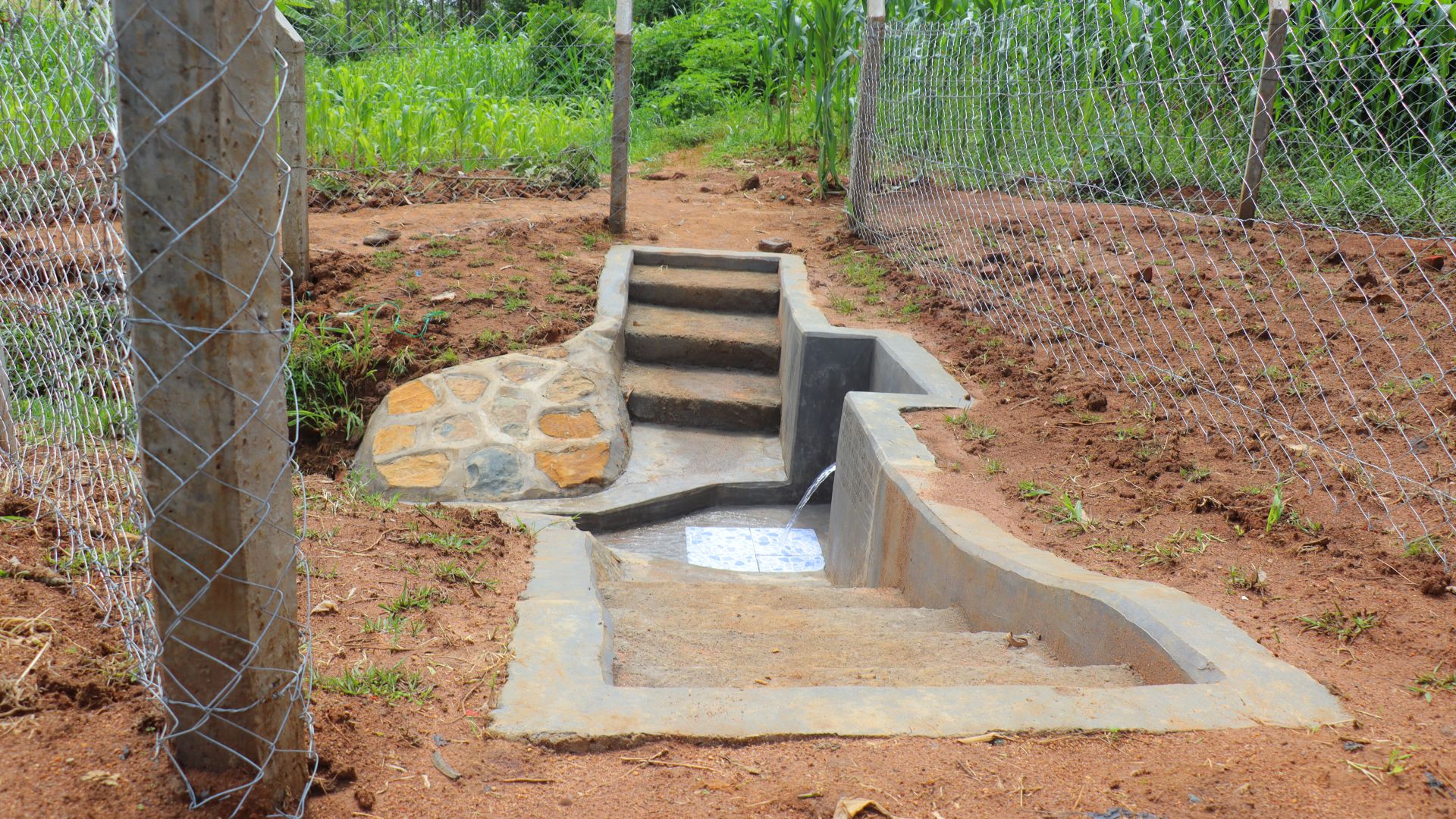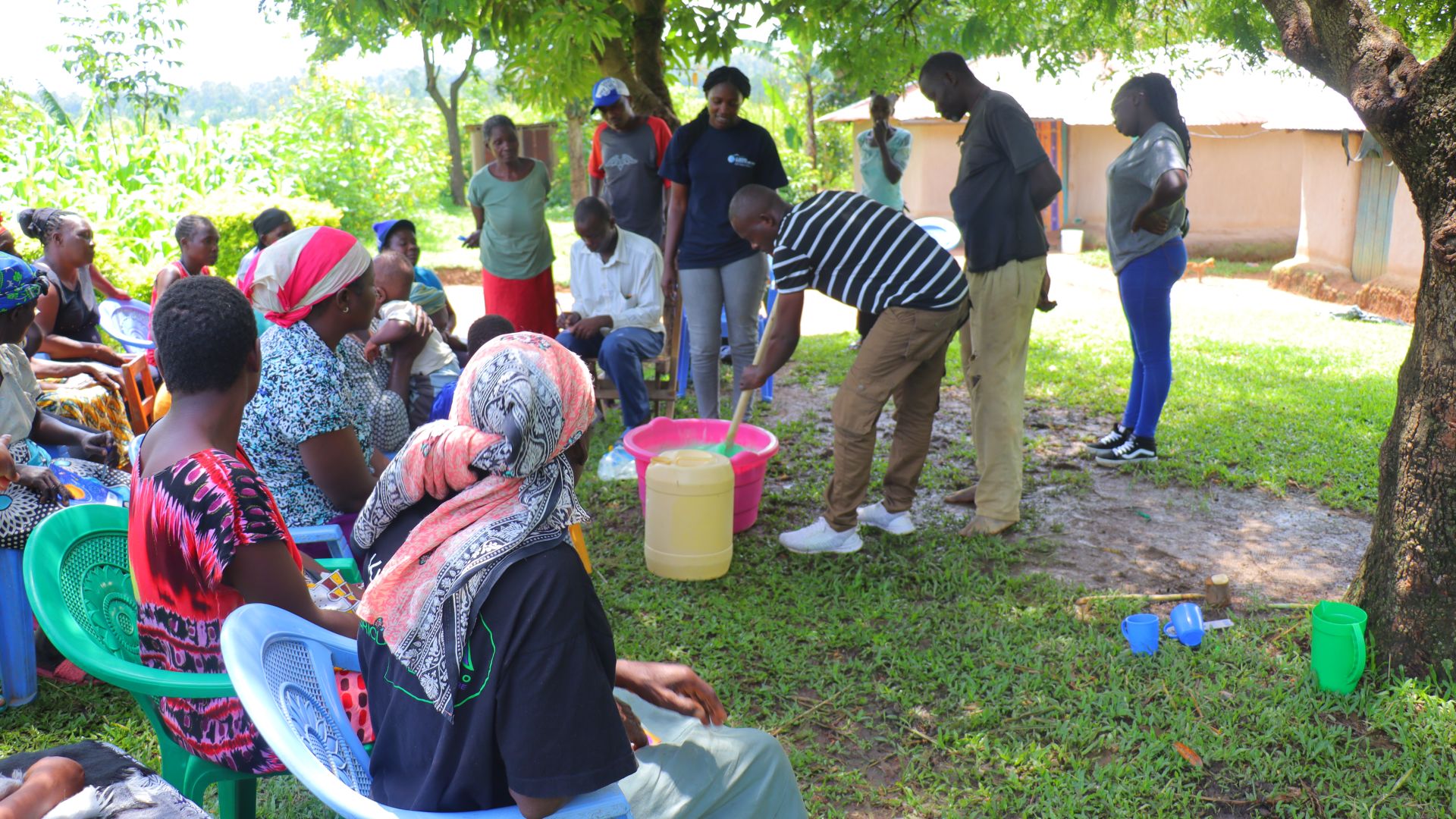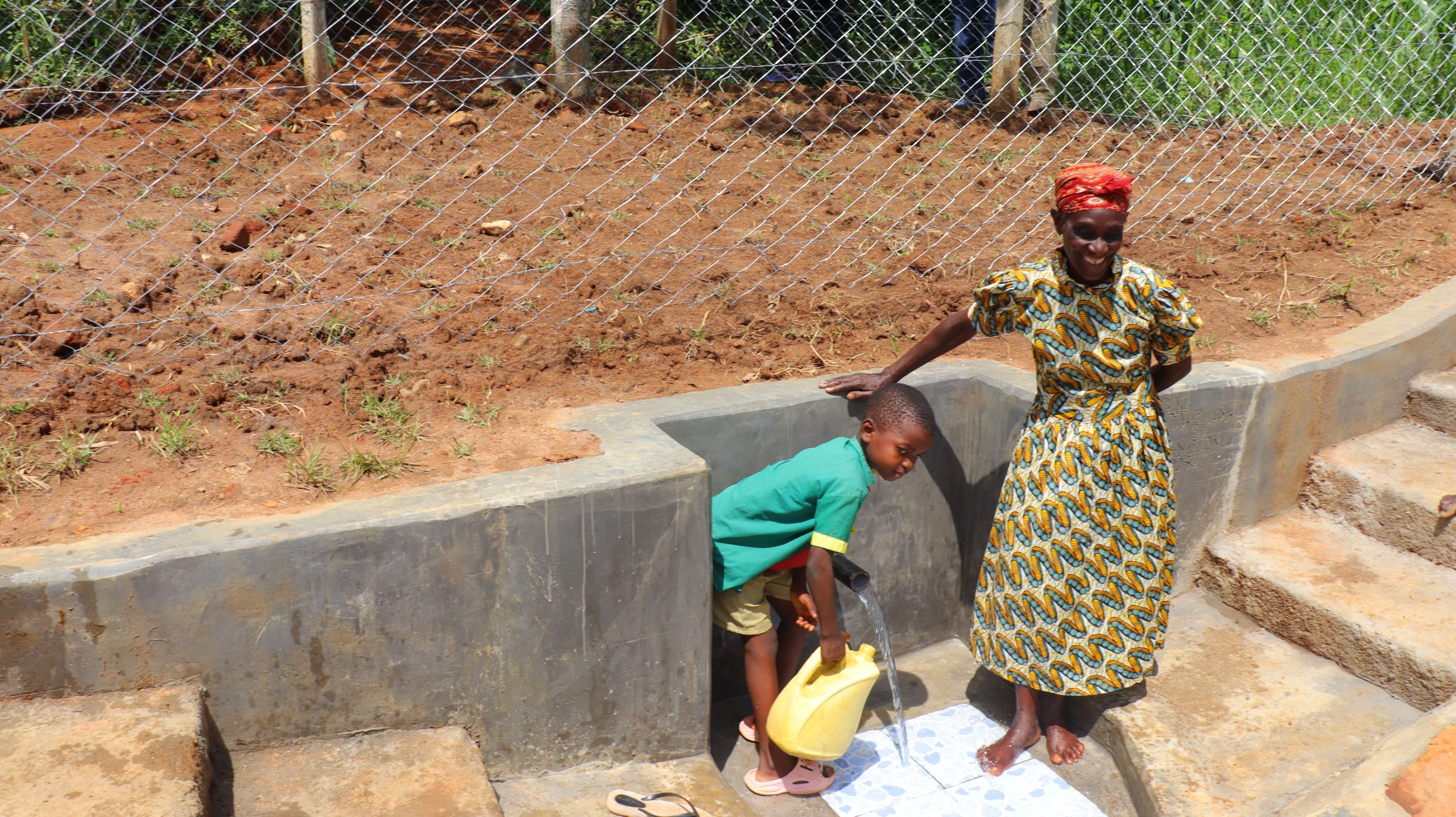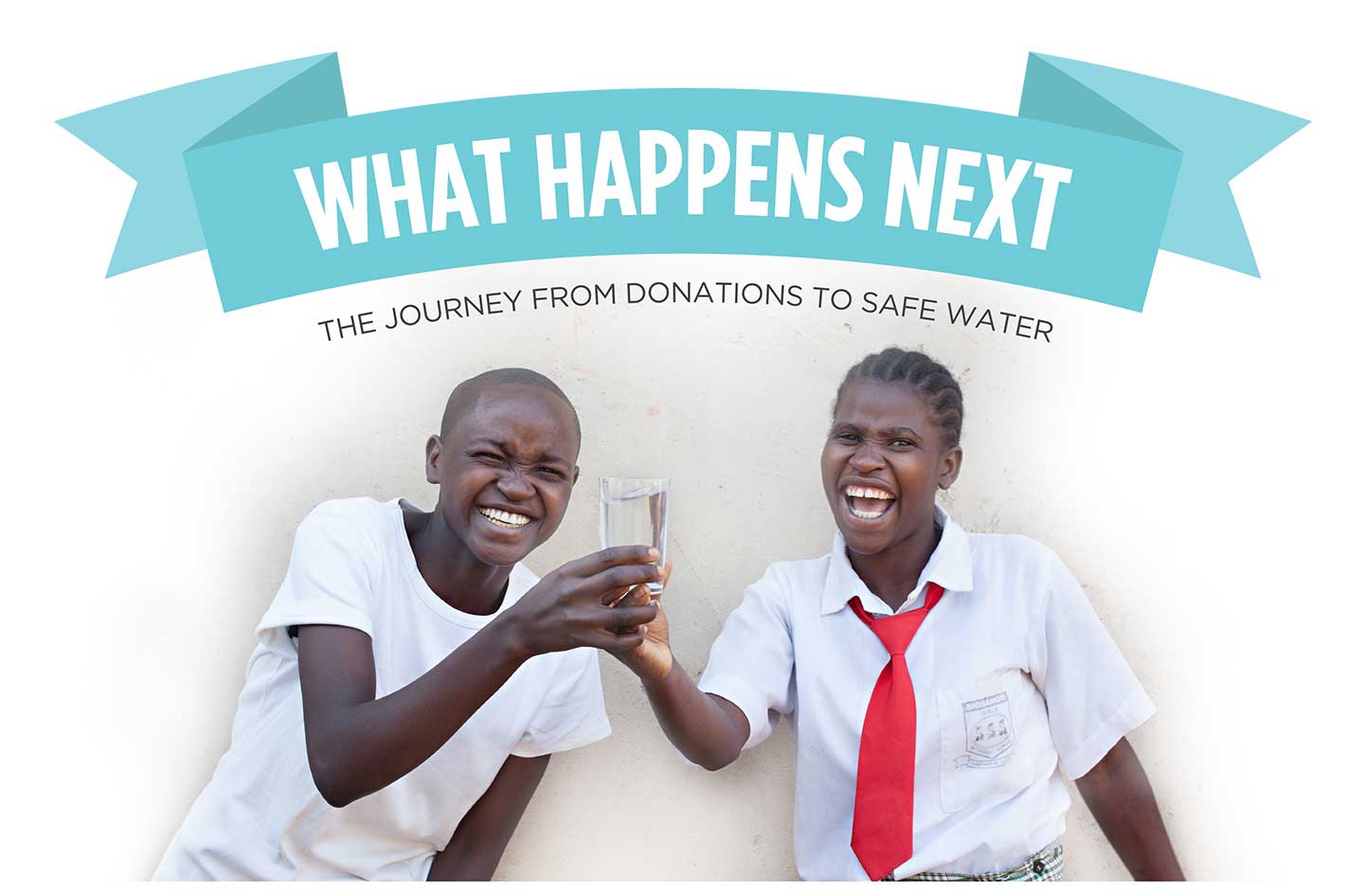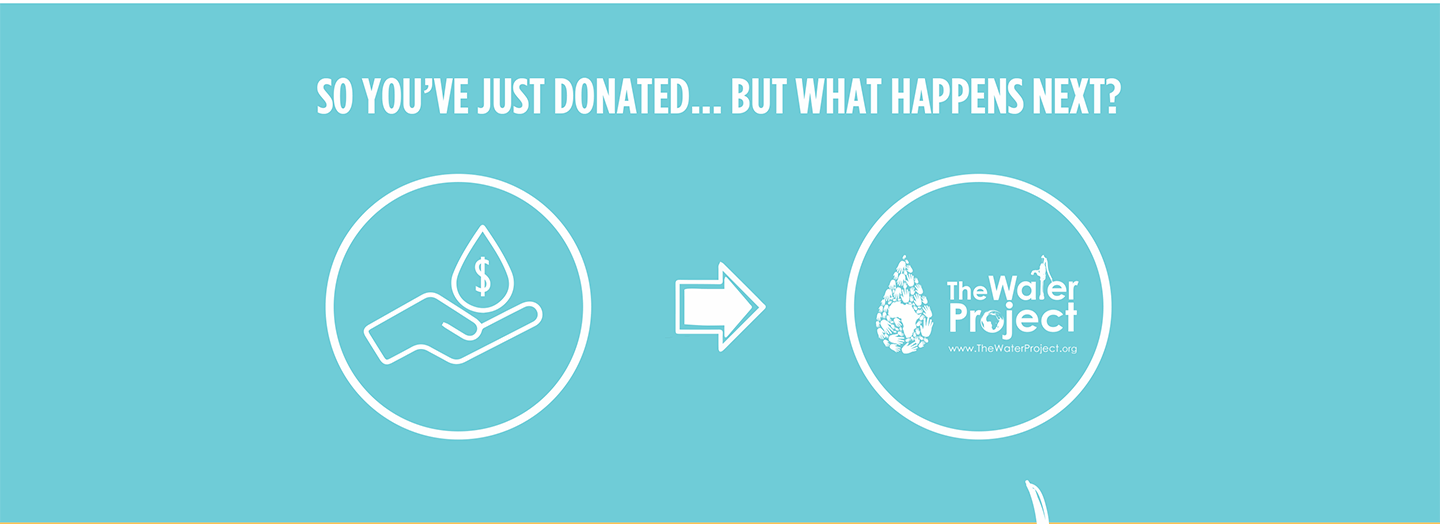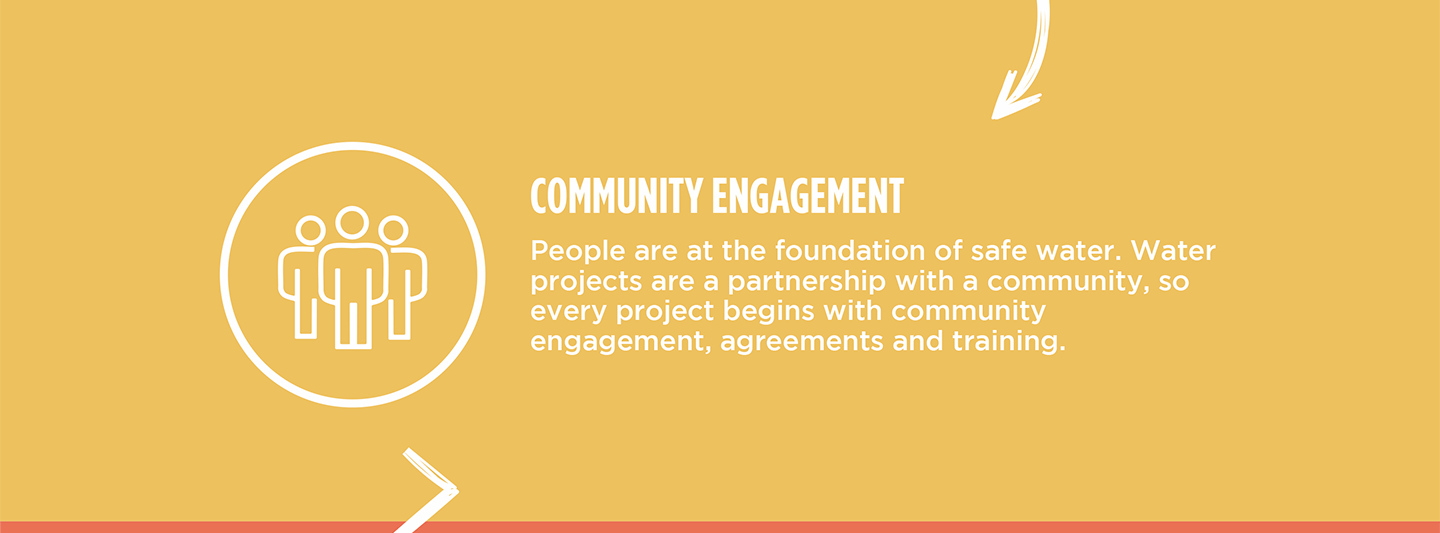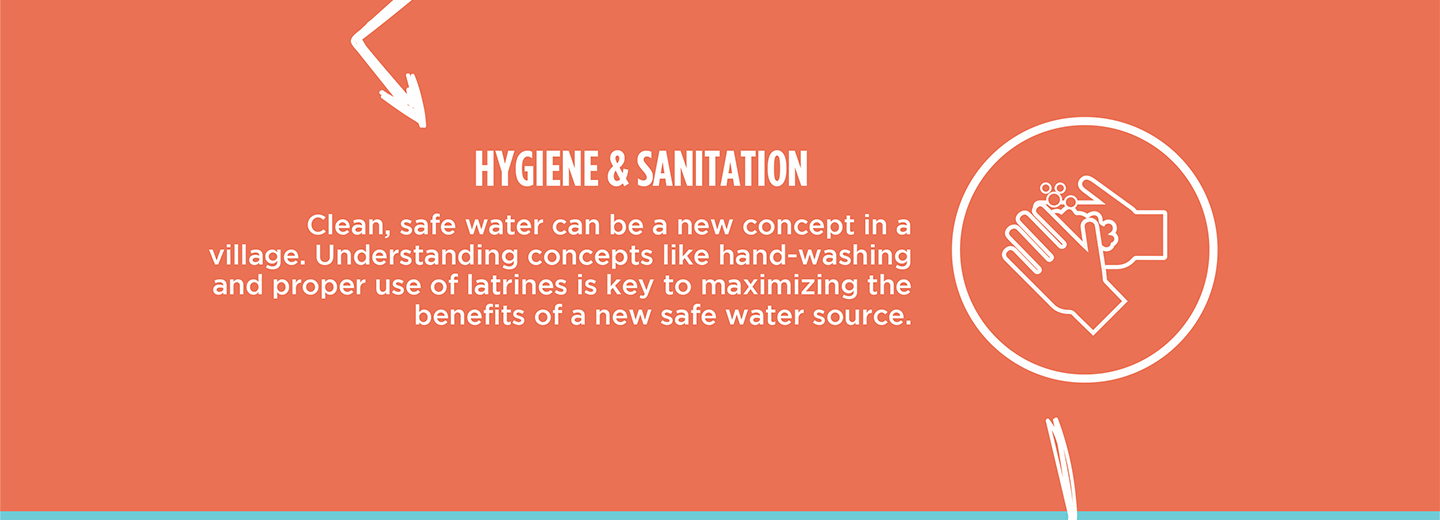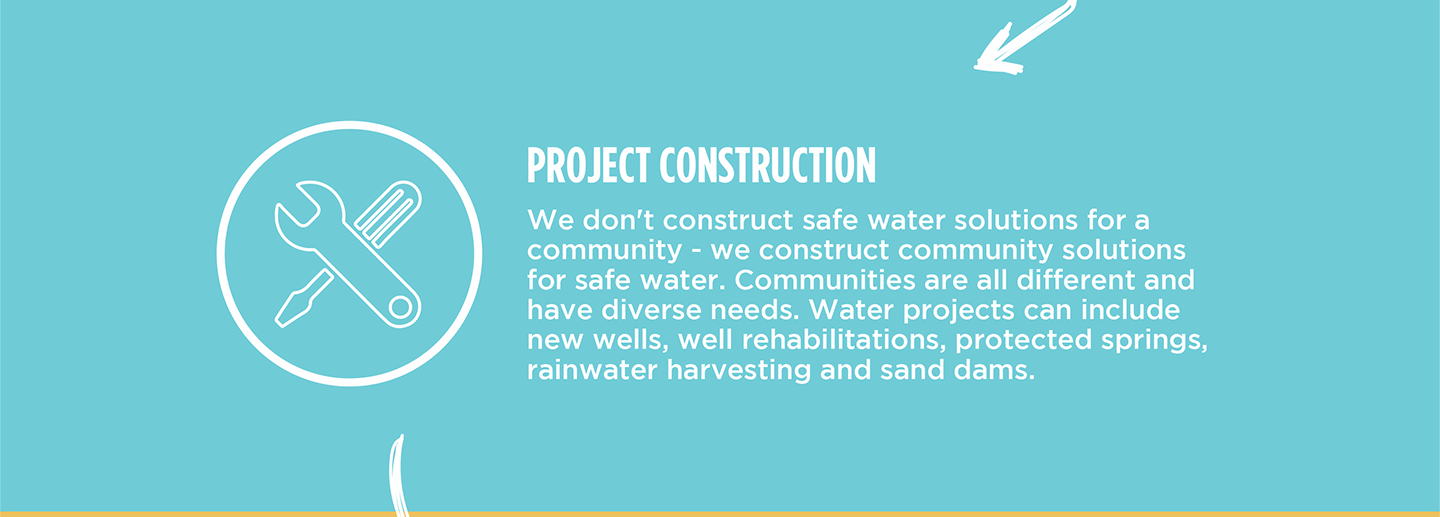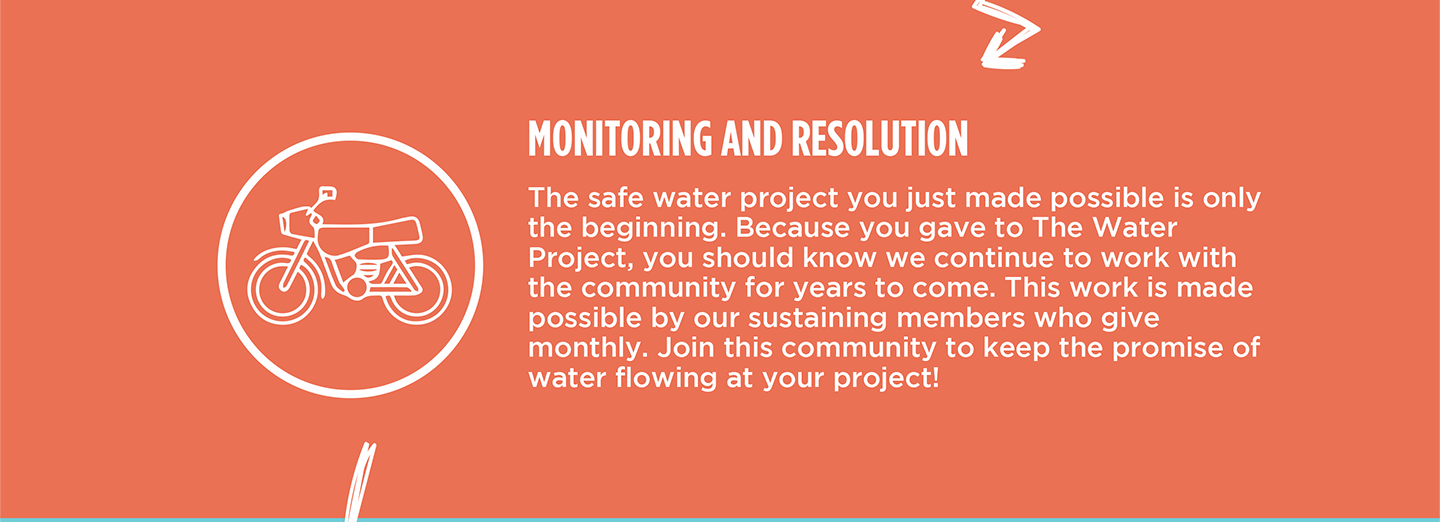For the 450 Indangalasia Community members, it's been over ten years since their once-protected Amisi Spring has provided safe and clean water. Due to its extreme disrepair, the spring is dangerous to access and even more dangerous to their health when consuming the water.

Field Officer Joy Ongeri described the spring as follows: "The waterpoint drawing point is full of stagnant water that has algae, with a lot of tiny insects, frogs, and tadpoles in the water. The spring's wing walls are damaged, and one side of the wing wall is completely [absent]. The discharge pipe is corroded, and the stairwell is equally damaged. The headwall shows major damage that may adversely damage the springs' form with time."
Because of the spring's disrepair, it only provides unsafe water. The stagnating water community members stand in to collect water is a breeding ground for dangerous mosquitoes, which are responsible for other illnesses within the community.
Eight-year-old Justine has never experienced safe and clean water in his lifetime. What he has experienced is intense illness from consuming water from their spring.

Justine collecting water.
"My first typhoid infection, I was not well for around four months, which caused my school schedules or routine lack to consecutively go to school, which made me lack to learn for a whole term. Most of the time when I fall sick, I don't get to school because I didn't have any strength to attend school," Justine shared.
Justine sacrifices crucial classroom time due to illness. Every time he is sick, he is too weak to attend, putting him further and further behind. Without a good education, Justine's future is sure to suffer.
We asked Justine if he ever worried about his safety when collecting water. He said, "Yes, as you see, the stagnant water is a lot and had really given me [a] hard time drawing water from the discharge pipe without mixing it with the stagnant algae water at the drawing point. Also, the water contains animals and insects that may cause health problems or physical harm to me when drawing water."

Protecting the community spring will give Justine access to safe, clean water, reduce the illnesses that steal time from his education, and provide him with a healthier childhood. Justine has big dreams of working hard for his education, given the opportunity to be free from water-related illnesses.
"I am planning to really study hard to be a teacher and a businessman when I grow up," Justine said.

Justine playing with friends.
Steps Toward a Solution
Our technical experts worked with the local community to identify the most effective solution to their water crisis. They decided to safeguard the existing flowing spring.
Spring Protection
Springs are natural water sources that originate from deep underground. As water travels through various layers of the earth, it undergoes a natural filtration process, making it cleaner and safer to drink. To protect these spring sources from contamination, we construct a waterproof cement structure around layers of clay, stone, and soil. This design channels the spring water through a discharge pipe, facilitating easier, faster, and cleaner water collection.
Chlorine Dispenser
As an extra measure towards water quality safety, uniquely engineered chlorine dispensers are installed at all of our spring protection projects so community members can treat their water with pre-measured doses of chlorine. The chlorine treats any residual contamination and stays active for two to three days, ensuring water stays safe to use even when stored at home. Chlorine delivery and maintenance of the dispensers are part of our ongoing community support.
Community Education & Ownership
Hygiene and sanitation training are integral to our water projects. Training is tailored to each community's specific needs and includes key topics such as proper water handling, improved hygiene practices, disease transmission prevention, and care of the new water point. Safe water and improved hygiene habits foster a healthier future for everyone in the community. Encouraged and supported by the guidance of our team, a water user committee representative of the community's diverse members assumes responsibility for maintaining the water point, often gathering fees to ensure its upkeep.
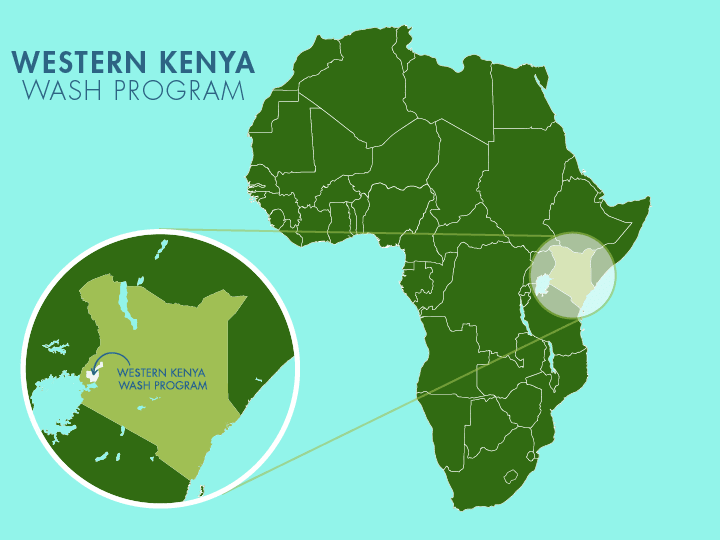
 Protected Spring
Protected Spring
 Rehabilitation Project
Rehabilitation Project

